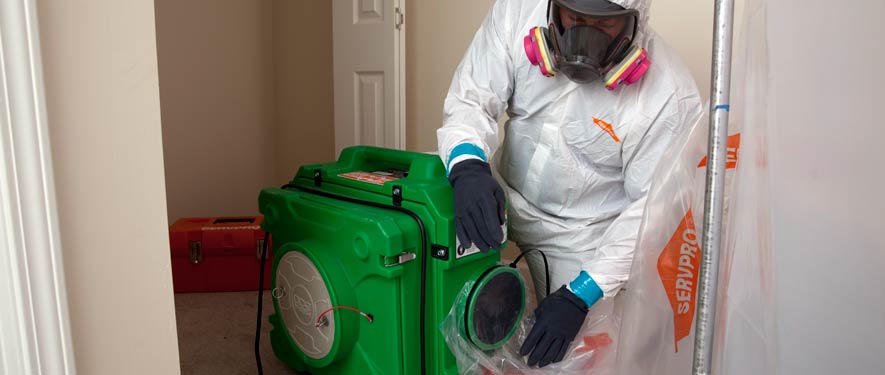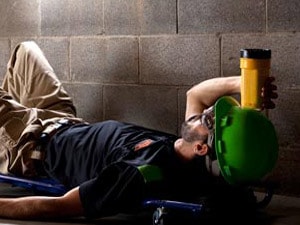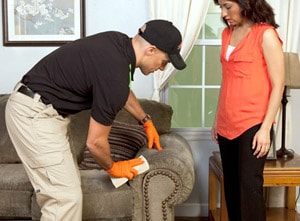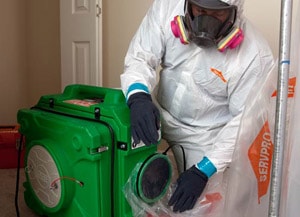
Sewage Cleanup and Restoration
Our company provides sewage damage cleanup by following a systematic and thorough process that is designed to safely and effectively remove sewage from a property and restore it to its pre-damage condition. The process typically involves the following steps:
-
Assessment: A trained technician will assess the extent of the sewage damage and develop a plan for cleanup and restoration.
-
Containment: To prevent the spread of sewage and contaminants, the affected area will be contained by setting up physical barriers and using negative air pressure to create a separate air space.
-
Extraction: Standing water and sewage will be extracted using specialized equipment, and any debris will be removed from the area.
-
Cleaning and disinfecting: Affected surfaces and materials will be thoroughly cleaned and disinfected to remove remaining sewage and contaminants.
-
Drying and dehumidifying: Affected areas will be dried and dehumidified to prevent the growth of mold and bacteria.
-
Restoration: Any damaged materials are repaired or replaced, and the property will be restored to its pre-damage condition.
Throughout the sewage damage cleanup process, our technicians will wear protective gear to prevent exposure to sewage and other hazardous materials. They will also use specialized equipment, including air scrubbers and dehumidifiers, to ensure that the area is fully cleaned and restored.
We provide comprehensive and effective sewage damage cleanup services that prioritize safety and efficiency. By following a thorough and systematic process, we are able to restore properties to their pre-damage condition as quickly and effectively as possible.
Sewage Backup or Toilet Overflow? Call Us Today – (801) 316-3090
There are three major types of contaminated water. SERVPRO of Sandy will inspect that contaminated water to determine the type of water and then plan the appropriate response to safely restore your home or business.
The three types of contaminated water:
Category 1: "Clean Water"
This is water from a clean source, such as a broken clean water supply line or faucet. If left untreated, category 1 water can quickly degrade into category 2 or 3 water depending upon such factors as time, temperature, and contact with contaminants.
- Water from a clean source like a broken water line
- If left untreated, can degrade into category 2 or 3
Category 2: "Gray Water"
This water has a significant level of contamination that could cause discomfort or illness if ingested. Sources for category 2 water may include washing machine overflow; toilet overflow with some urine, but no feces; or dishwasher overflow.
- May contain bacteria and viruses
- Can quickly degrade into category 3 if left untreated
Category 3: "Black Water"
This water is grossly unsanitary and could cause severe illness or death if ingested, and any contact should be avoided. Sources for category 3 water could include flooding from rivers or streams, water from beyond the toilet trap, water from the toilet bowl with feces, or standing water that has begun to support microbial growth.
- May contain untreated sewage, harsh chemicals, and microbes
- Water from flooding rivers or sewer backup
24 Emergency Service
Sewage backup should be considered an emergency and dealt with as quickly as possible. We are the water damage restoration specialists with specific training and expertise to safely restore your home or business.




 24/7 Emergency Service
24/7 Emergency Service




